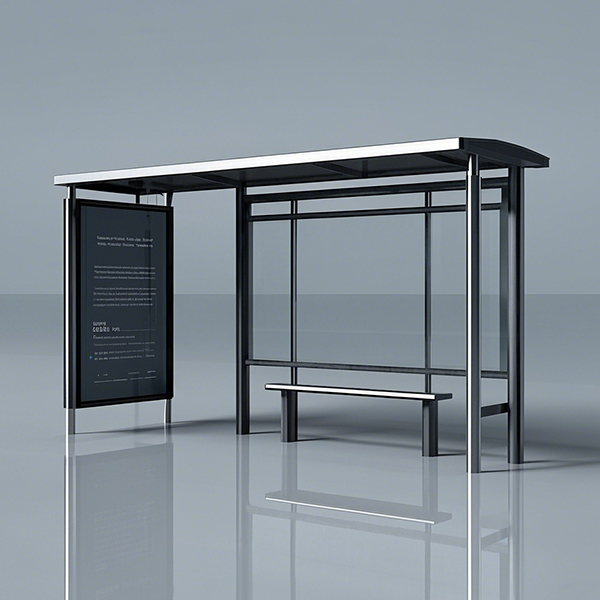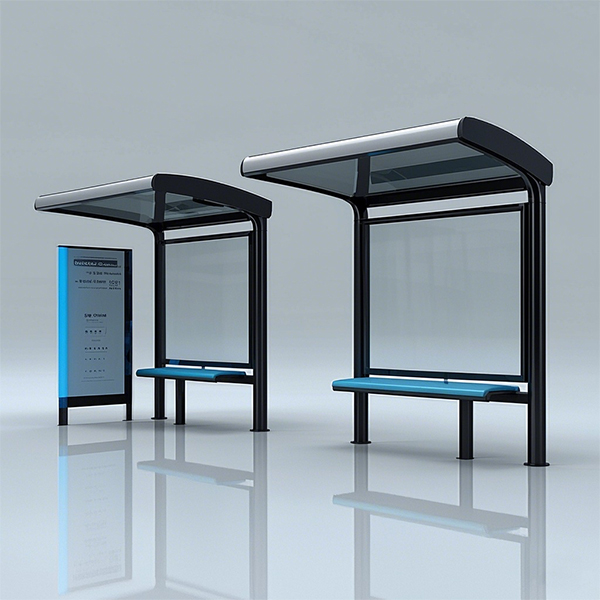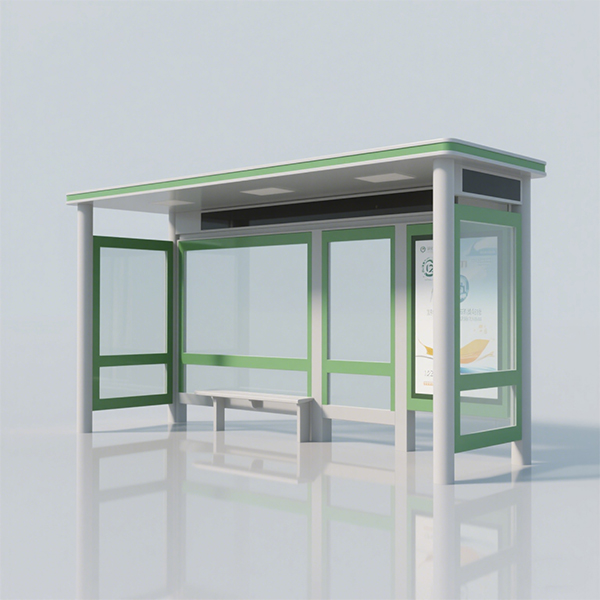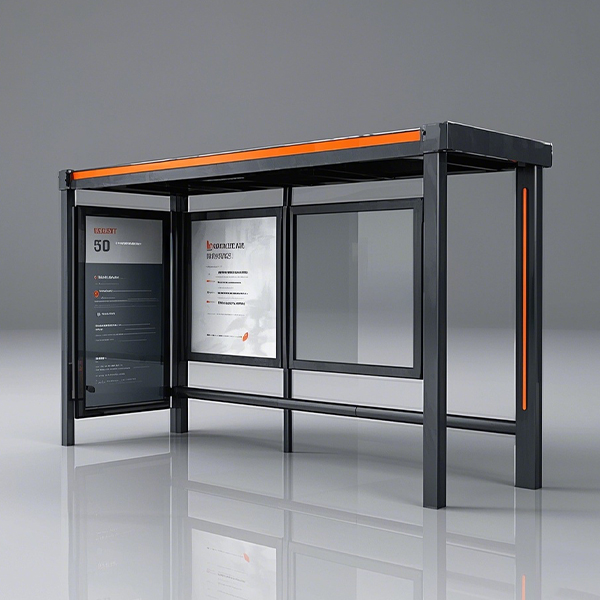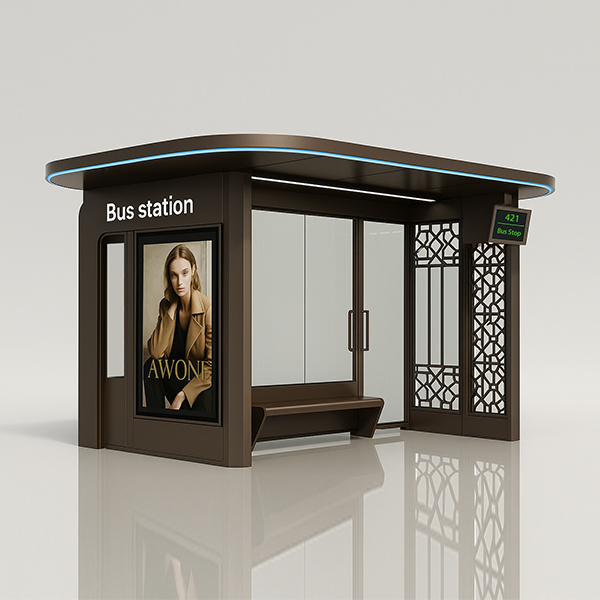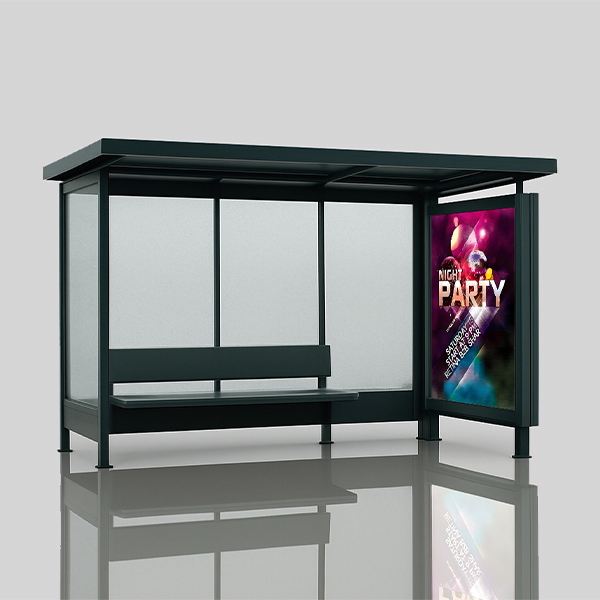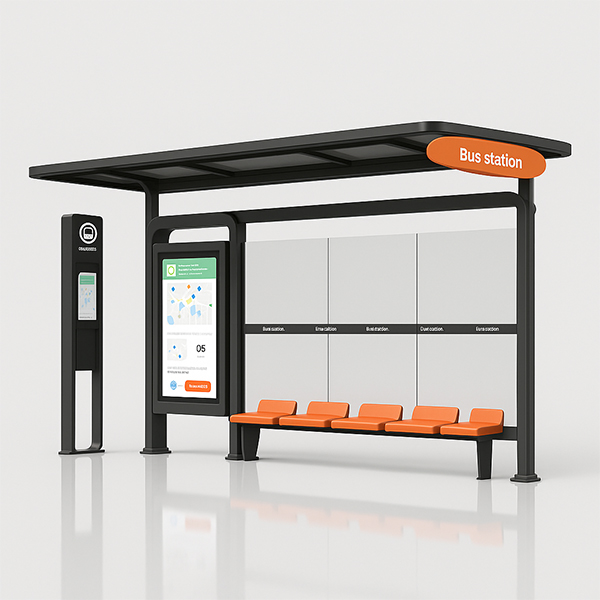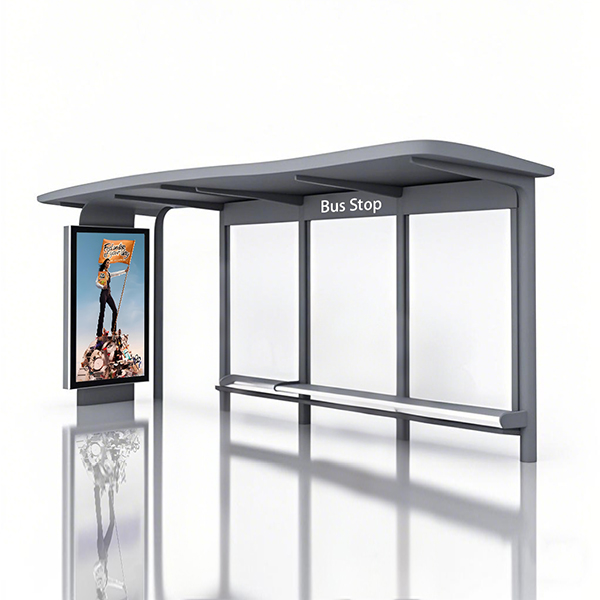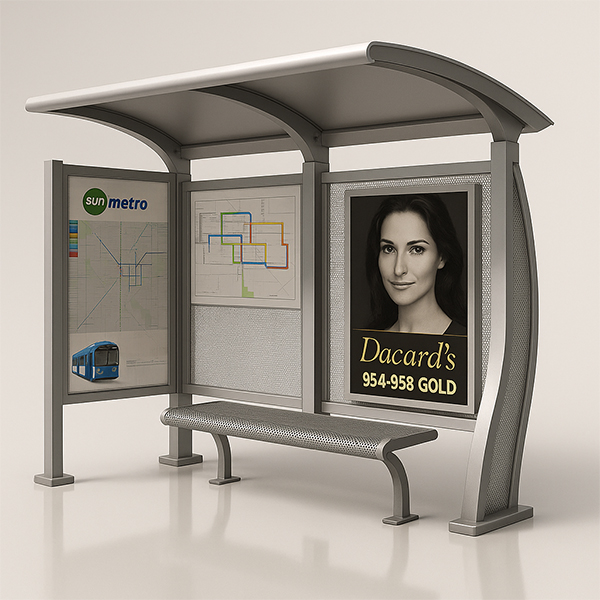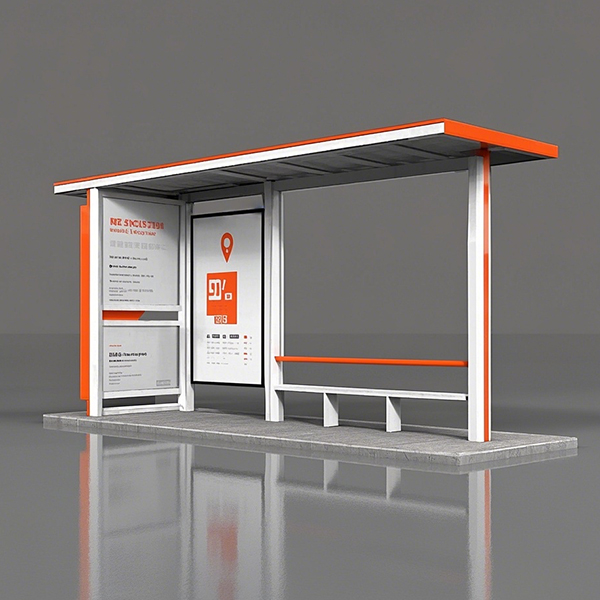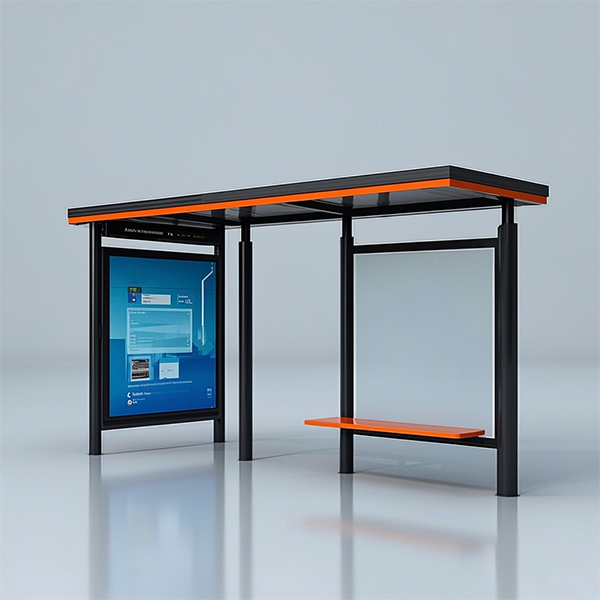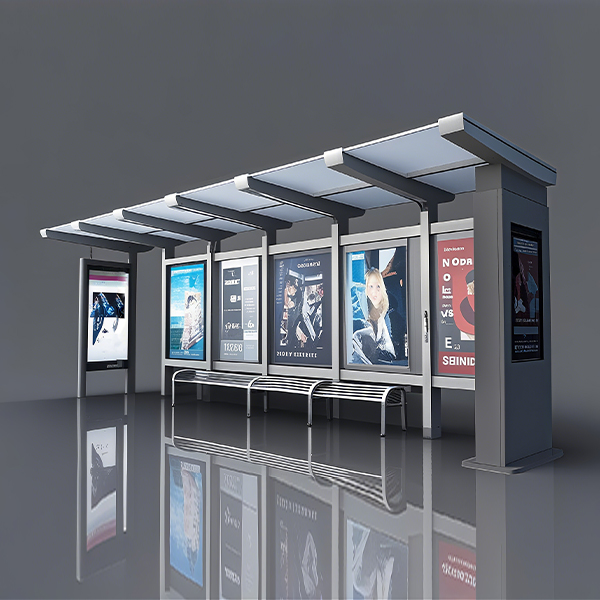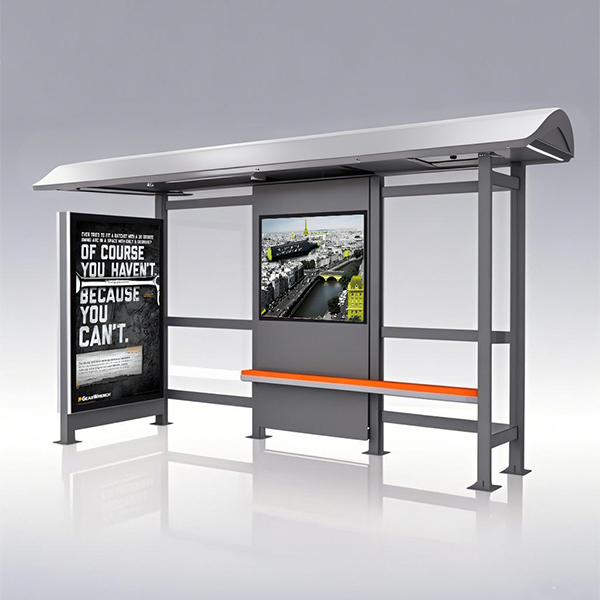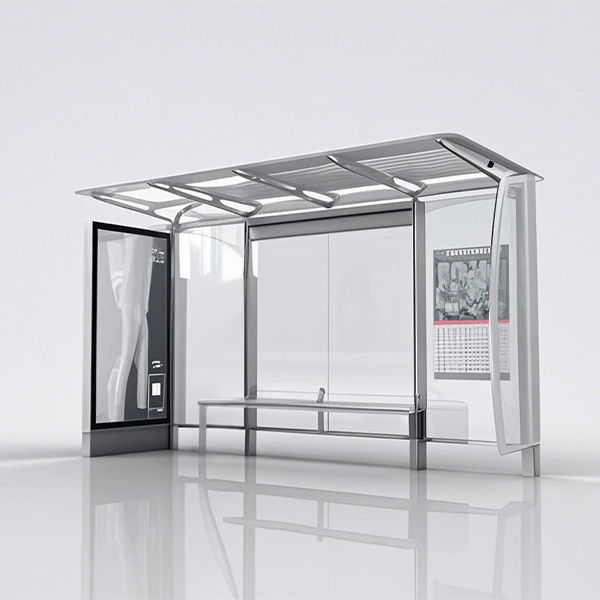
Stainless Steel Bus Shelter
Discover everything you need to know about stainless steel bus shelters: from material selection and design considerations to maintenance and longevity. This comprehensive guide covers the benefits, drawbacks, and best practices for choosing and installing durable, aesthetically pleasing stainless steel bus shelters for your community.
Why Choose Stainless Steel for Bus Shelters?
Stainless steel bus shelters offer a compelling combination of durability, aesthetics, and low maintenance. Unlike other materials, stainless steel resists corrosion, rust, and weathering, ensuring a longer lifespan and reduced replacement costs. Its sleek, modern appearance enhances the visual appeal of any public space. The strength of stainless steel also contributes to its safety and security, offering protection from vandalism and harsh weather conditions. Furthermore, the material is highly recyclable, making it an environmentally responsible choice.
Design Considerations for Stainless Steel Bus Shelters
Size and Capacity
The size of your stainless steel bus shelter should be determined by the expected passenger volume and local regulations. Larger shelters can accommodate more people, offering greater comfort during inclement weather. Consider the dimensions needed to ensure adequate seating, standing space, and accessibility for people with disabilities.
Features and Amenities
Modern stainless steel bus shelters can incorporate a range of features to enhance passenger experience. These might include: integrated seating, lighting, real-time information displays (like digital arrival times), advertising panels, and even USB charging ports. The inclusion of such features should be based on budget and anticipated passenger needs. Consider the availability of power sources for these additional amenities.
Aesthetics and Integration
The design of your stainless steel bus shelter should complement the surrounding environment. Consider the existing architectural style and choose a design that integrates seamlessly. Different finishes and styles of stainless steel are available to match specific aesthetic preferences, from brushed stainless steel for a more subtle look, to polished finishes for a more modern and reflective aesthetic.
Maintenance and Longevity of Stainless Steel Bus Shelters
While stainless steel is inherently durable, regular maintenance can extend its lifespan significantly. Routine cleaning with mild detergent and water will remove dirt and grime. More intensive cleaning might be needed periodically to remove graffiti or other stubborn stains. Regular inspections for any signs of damage are vital. Proper maintenance will reduce the overall cost of ownership over the long term and help maintain the shelter's visual appeal.
Choosing a Supplier of Stainless Steel Bus Shelters
Selecting a reliable supplier is critical. Look for a company with a proven track record, a wide range of design options, and a commitment to quality. Consider companies like Shandong Luyi Public Facilities Co., Ltd. (https://www.luyismart.com/), which specializes in providing high-quality public facilities including innovative stainless steel bus shelters. Check their customer reviews and testimonials to gauge their reputation and the quality of their products.
Cost Comparison of Different Bus Shelter Materials
While initial costs might vary, the long-term value proposition of stainless steel bus shelters often outweighs other materials. Consider the following comparison (Note: Prices are estimates and can vary based on size, features, and location):
| Material | Initial Cost (Estimate) | Maintenance Cost (Annual Estimate) | Lifespan (Estimate) |
|---|---|---|---|
| Stainless Steel | $10,000 - $25,000 | $200 - $500 | 20+ years |
| Aluminum | $7,000 - $18,000 | $300 - $700 | 10-15 years |
| Wood | $5,000 - $12,000 | $500 - $1000 | 5-10 years |
Note: These cost estimates are for illustrative purposes only and may vary significantly depending on several factors, including location, supplier, size, and features.
Conclusion
Investing in high-quality stainless steel bus shelters offers a long-term solution for providing comfortable and safe public transportation waiting areas. By carefully considering design, features, and maintenance, communities can ensure the longevity and aesthetic appeal of their shelters, creating a positive impact on the public transit experience. Remember to thoroughly research potential suppliers and compare options before making a purchase decision.
Соответствующая продукция
Соответствующая продукция








